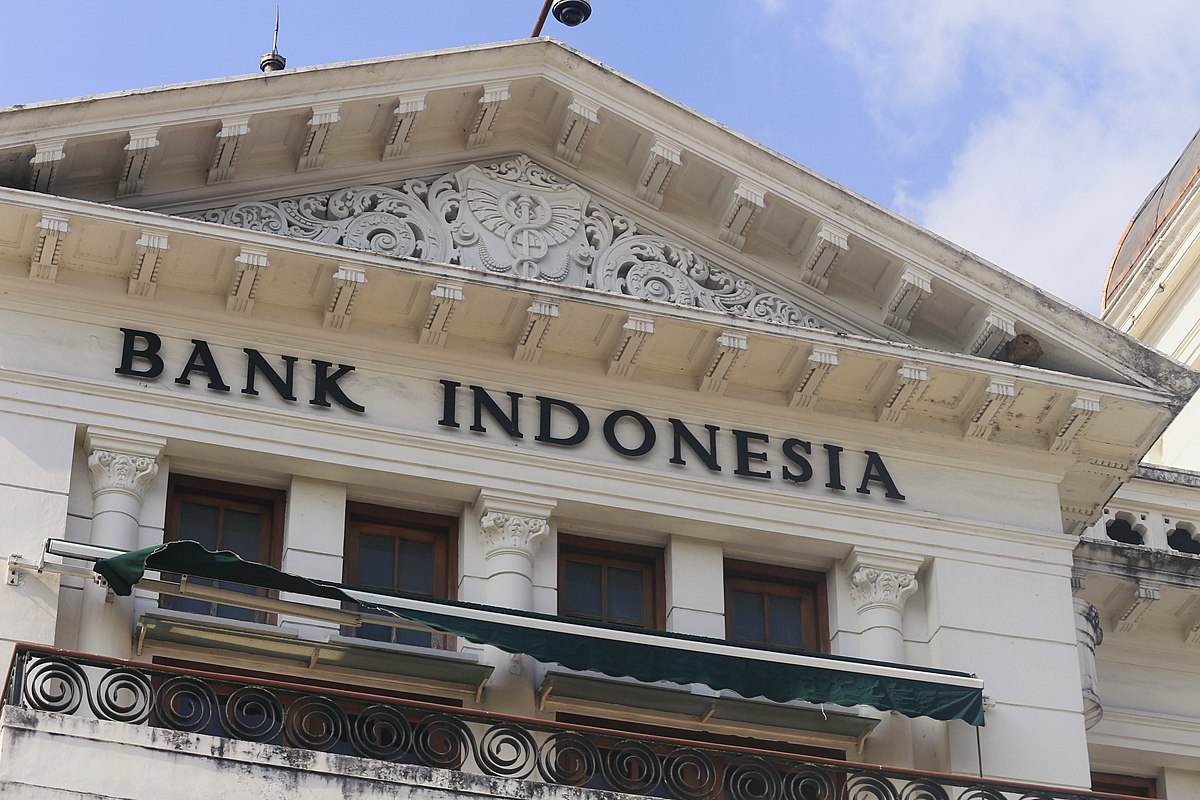
Asia | Emerging Markets | Monetary Policy & Inflation | Rates

Asia | Emerging Markets | Monetary Policy & Inflation | Rates
Indonesia’s finance minister and Bank Indonesia’s (BI) governor have announced a ‘burden sharing’ plan to fund part of the government’s fiscal stimulus.
The central bank will purchase about IDR397tn of government bonds at zero coupon rate and an additional IDR173tn in two other schemes at concessional rates. Altogether, the bond purchases will be worth about IDR570tn, or 4% of GDP.
To my knowledge, this is the first major EM economy to discuss monetizing fiscal deficit in the wake of the COVID-19 crisis. BI’s primary mandate is ‘rupiah stability’, though it can be unorthodox in its methods. Even before the monetization plan was announced, it was facing criticism for maintaining a two-tiered spot market, and overly optimistic assessment of fair value.
As such, the market’s sceptical reaction to the news is well warranted. IDR has depreciated by about 2% as the market digested the news. The bond market has remained stable.
While we await further clarity on these plans, consider the following.
This article is only available to Macro Hive subscribers. Sign-up to receive world-class macro analysis with a daily curated newsletter, podcast, original content from award-winning researchers, cross market strategy, equity insights, trade ideas, crypto flow frameworks, academic paper summaries, explanation and analysis of market-moving events, community investor chat room, and more.
Indonesia’s finance minister and Bank Indonesia’s (BI) governor have announced a ‘burden sharing’ plan to fund part of the government’s fiscal stimulus.
The central bank will purchase about IDR397tn of government bonds at zero coupon rate and an additional IDR173tn in two other schemes at concessional rates. Altogether, the bond purchases will be worth about IDR570tn, or 4% of GDP.
To my knowledge, this is the first major EM economy to discuss monetizing fiscal deficit in the wake of the COVID-19 crisis. BI’s primary mandate is ‘rupiah stability’, though it can be unorthodox in its methods. Even before the monetization plan was announced, it was facing criticism for maintaining a two-tiered spot market, and overly optimistic assessment of fair value.
As such, the market’s sceptical reaction to the news is well warranted. IDR has depreciated by about 2% as the market digested the news. The bond market has remained stable.
While we await further clarity on these plans, consider the following.
First: The size is large, but manageable. Adding IDR570tn to BI’s assets will double its domestic assets, increase total balance sheet by 25% and add 30% to M1. And that’s assuming this scheme is not upsized. This sounds worrying, but we should not assume the worst. Earlier this year, BI committed to buying 25% of primary issuance as a backstop. But it has only bought about IDR30tn at auctions, as there was sufficient market demand. Perhaps the monetization plan will be applied similarly – as a backstop.
Second: In case BI does absorb this amount, it effectively removes more than half the remaining net supply for this year. Since the bond yield curve is quite steep due to supply risks, this could be quite bullish for duration. And with banks being cautious about lending, fiscal spending will lower banks’ loan-to-deposit ratios and put downward pressure on deposit rates, creating yet more support for bonds.
Third: The debate over sterilization may be a red herring. BI is operating two standing facilities for excess interbank liquidity: reverse repo & FASBI. Even if it does not issue bills to sterilize bond purchases, the excess liquidity will come back to BI through one of these channels. By my calculations, this could double BI’s annual costs and wipe out its operating surplus. This shouldn’t cause too much angst since accumulated surpluses are large, but it may prompt BI to cut FASBI rate, or limit banks’ access to reverse repo to lower its implied sterilization costs.
Fourth: While the currency could soften further on worries over monetization, there are several mitigating factors including a much narrower current account deficit, low inflation, and global central bank easing.
In conclusion, based on what we know now, I’d be bullish on mid-curve local currency bonds, and would turn bullish on IDR in the 14800-15200 region.

Spring sale - Prime Membership only £3 for 3 months! Get trade ideas and macro insights now
Your subscription has been successfully canceled.
Discount Applied - Your subscription has now updated with Coupon and from next payment Discount will be applied.